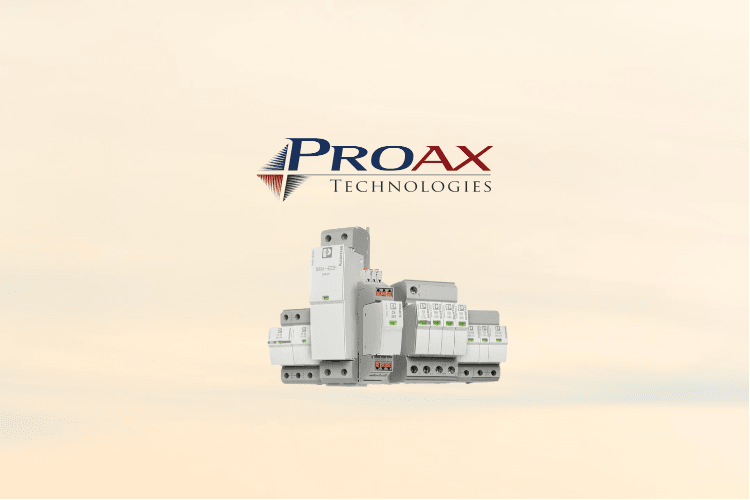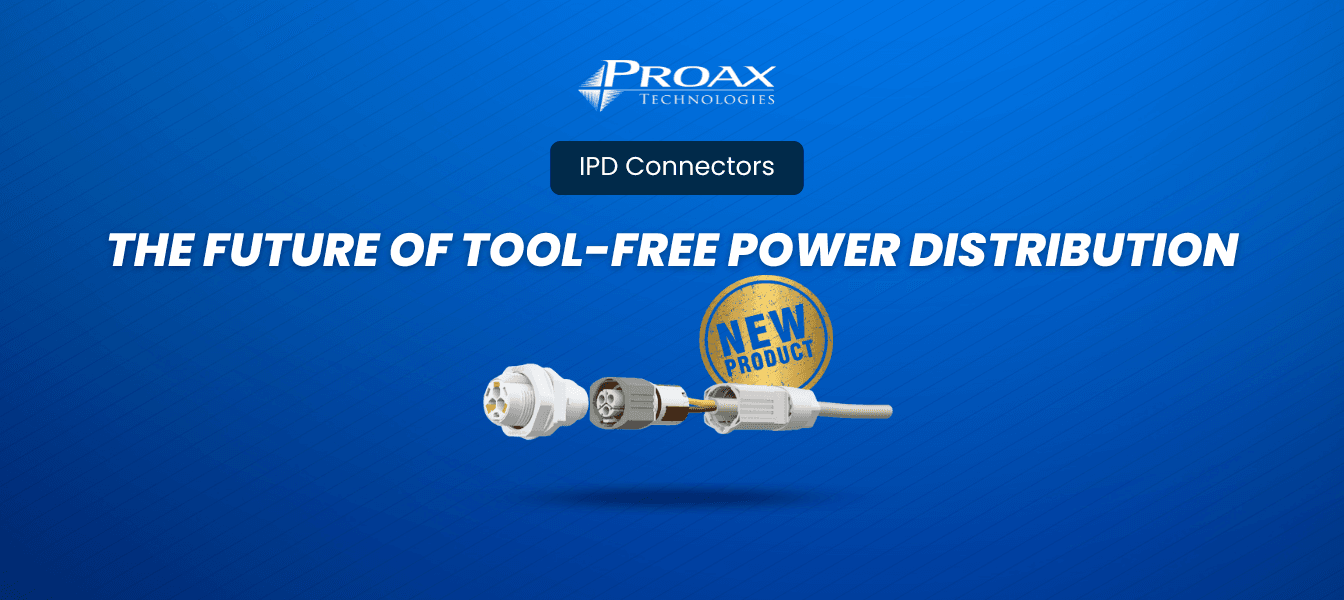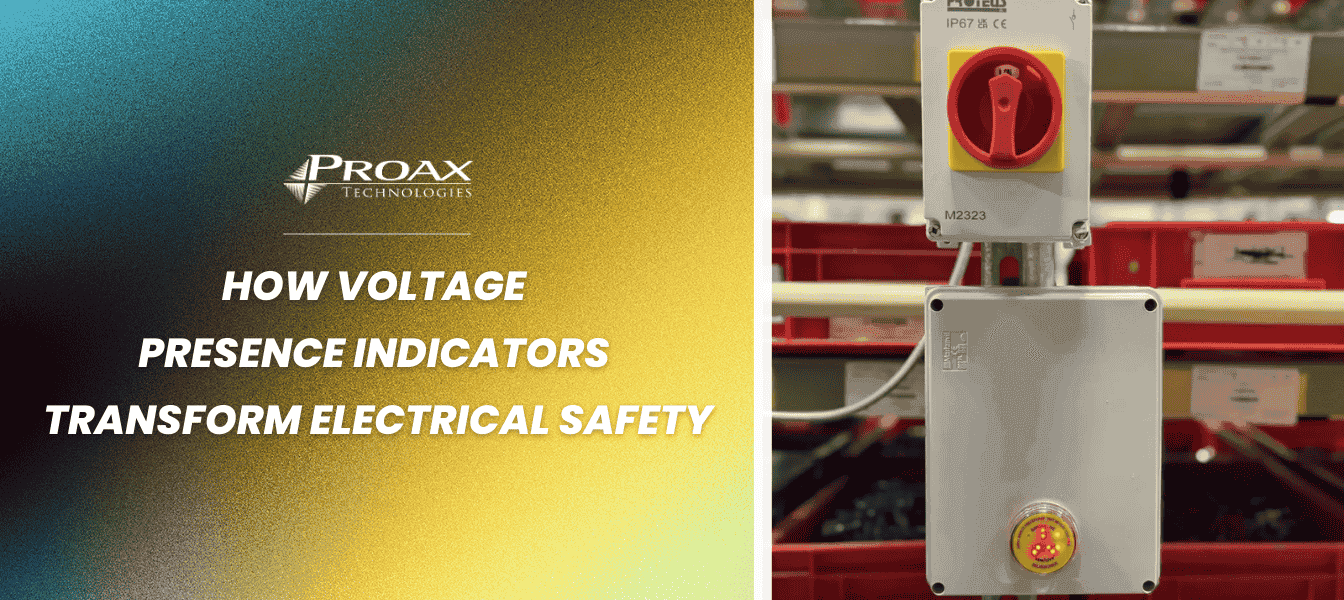What Is Power Surge?
A power surge is an increase in voltage that exceeds 120 volts and passes through electrical devices. Multiple factors, including high-powered devices, defective wiring, improper lightning, and malfunctioning utility company equipment, can cause surges.
Wires and components in your electronics, such as the filament in a light bulb, can be fried by power surges. Even if surges do not physically damage an electronic device, they can strain its internal components excessively, causing them to fail earlier than anticipated.
How Does Surge Protection Work ?
Surge protectors will be rated in joules to indicate their protection against power shocks and surges. However, the joule rating may be exaggerated depending on the manufacturer, and even if it is accurate, surge protectors do not last eternally.
Varistors and other circuitry can only absorb a finite quantity of energy; as they drink small daily spikes or one or two large spikes, they will lose effectiveness. For instance, a device rated at 600 joules can only withstand a single 600-joule surge or multiple 10- or 20-joule points before being replaced.
Choose only surge protectors from reputable manufacturers with the highest joule rating. Your budget will allow you to safeguard your most important devices, such as laptops, desktop computers, and mobile phones.
Surge suppressors with a lower rating or a non-name brand will likely function adequately for less essential devices such as televisions, cable boxes, and game consoles. Choose a UL-listed surge protector with positive reviews and replace it every few years or whenever you suspect it has absorbed a significant surge.
Choosing the right Surge Protector for your Device
- Joule Rating:
• Represents the amount of energy the protector can absorb.
• Higher rating means better protection. Aim for at least 600 joules for essential devices and 2000+ for high-end electronics. - Clamping Voltage:
• The voltage at which the protector starts diverting excess electricity.
• Lower is generally better. Common ratings include 330V, 400V, and 500V. - Number of Outlets:
• Ensure it has enough outlets for all your devices.
• Consider future additions too. - Outlet Spacing:
• Look for widely spaced outlets if you have bulky power adapters.
• Protection for Other Lines:
• If you have a phone, Ethernet, or coaxial cables, choose a protector with inputs/outputs for those lines. - Type of Surge Protector:
• Strip: Basic and inexpensive.
• Tower: Multiple outlets, often with USB ports.
• Battery Backup (UPS): Provides power during outages. - Indicator Lights/Alarms:
Helpful to know if the protector is functioning and if it's still offering surge protection. - Response Time:
Faster is better. Aim for one nanosecond or less. - Certifications:
Look for products certified by recognized testing organizations, e.g., UL (Underwriters Laboratories).
What is Lightning Protector?
Lightning protection systems are utilized to prevent lightning-related property damage. They safeguard the building's internal electrical components, preventing fires and electrocution. Lightning protection consists of a lightning conductor, typically a metal rod, attached to a structure to shield it from lightning strikes. The system will intercept a strike so that if lightning strikes the building, the lightning rod will be hit first, allowing the strike to travel safely to the ground through a wire.
How Does Lightning Protector Work ?
A lightning protector also referred as Lightning Arrester protects electronic equipment against lightning strikes and voltage surges. Here is how it operates:
- Surge Diversion: It rapidly guides surges away from equipment and to the ground safely.
- Gas Tubе Action: A Gas Discharge Tube (GDT) containing a mixture of noble gases conducts surges to the earth.
- Rapid Rеaction: It responds quickly to prevent surges from causing damage to devices.
- Safe Grounding: The redirected surge energy goes safely into the ground without causing harm.
- Layеrеd Dеfеnsе:Some employ multiple protective elements for increased security.
- Maintеnancе: Regular inspections and replacements preserve its effectiveness over time

Surge Protector Types
Type 2 Surge Protectors
Type 2 surge protection devices (SPDs) are typically placed in sub-distribution panels or machinery control cabinets. They do a crucial role in a three-step plan to protect against surges. These SPDs are designed to withstand overvoltage's from indirect lightning strikes or power switching. Surges caused by switching are rapid and more frequent than those caused by lightning. Therefore, we utilize technologies such as varistor to quickly address this issue.
Type 3 Surge Protectors
Typically, you would position Type 3 surge protection devices immediately in front of the equipment you wish to safeguard; think of them as dependable bodyguards for your electronic devices. This is often referred to as "device protection." These Type 3 Surge Protection Devices are available in a variety of styles to meet your needs, one of which is 2800929. You have options including:
- Some DIN-rail compatibles.
- Others connect to outlets.
Difference between Lightning Protector and Surge Protector
Power surges are unpredictable, but your protection shouldn't be. Trust the Phoenix Surge Protector to shield your devices with unparalleled expertise. Our team is well-equipped to guide you on all things surge protection. Contact us today to learn more.














































